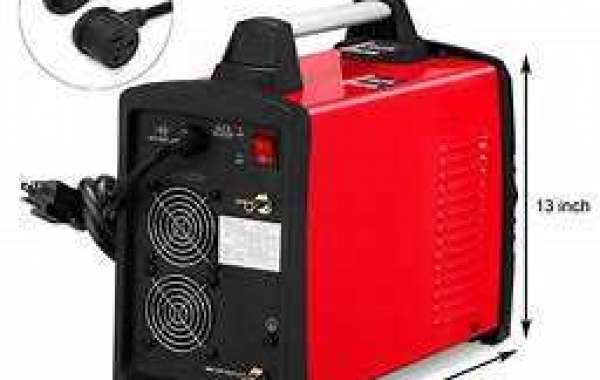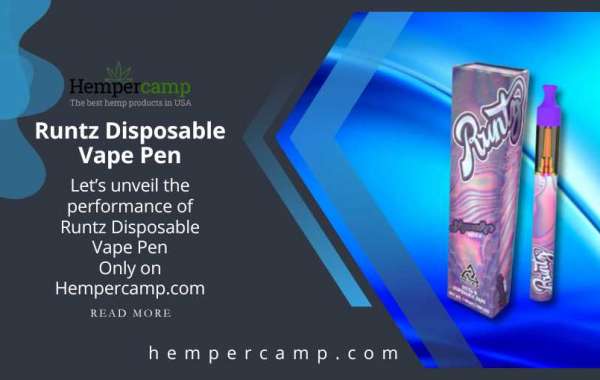Section 321 of the Customs Modernization Act simplifies the process of customs clearance for low-value shipments. This provision allows for the duty-free importation of goods valued at $800 or less, making it easier for consumers and businesses alike to receive their packages without excessive fees. Knowing the ins and outs of Section 321 can provide significant advantages for those engaged in international e-commerce.
Customs clearance can often be a daunting task for many, but understanding Section 321 can streamline this process. By taking advantage of its provisions, importers can expedite their shipments while staying compliant with U.S. Customs regulations. This understanding opens doors to more efficient logistics and potentially increased sales for businesses.
Furthermore, the rules surrounding Section 321 are continually evolving, making it essential for importers to stay informed. Keeping abreast of these updates ensures that both individuals and businesses maximize the benefits of this customs regulation. With the right knowledge, navigating customs can transform from a hassle into a manageable task.
Overview of Section 321 Customs Clearance
Section 321 Customs Clearance provides a streamlined process for certain low-value shipments, allowing for quicker entry into the U.S. It is essential to understand the eligibility criteria and the benefits this section offers to importers and businesses.
Eligibility Criteria for Section 321
To qualify for Section 321 clearance, shipments must meet specific criteria. The value of the items must not exceed $800. This applies to goods imported into the U.S. from abroad. The shipment must be intended for the personal use of individuals or be for commercial purposes without exceeding the stated value.
Additionally, the items should not fall under any prohibited or restricted categories. Common exclusions include alcohol, tobacco, and certain pharmaceuticals. Importers must ensure that their shipments comply with these restrictions to be eligible.
Benefits of Section 321 Clearance
Utilizing Section 321 provides several advantages for importers. The primary benefit is the expedited customs clearance process. With streamlined procedures, shipments can enter the U.S. faster, reducing delays and improving inventory management.
Cost savings are another significant benefit. By avoiding traditional customs duties for low-value shipments, businesses can minimize expenses. This allows companies to offer more competitive pricing.
Furthermore, Section 321 enhances operational efficiency. Automatic clearance reduces paperwork and administrative burdens. Companies find it easier to manage spikes in demand or fulfill direct-to-consumer orders, fulfilling customer expectations promptly.
Procedure for Section 321 Customs Entry
Understanding the procedure for Section 321 customs entry is essential for efficient processing. This entry allows the importation of low-value shipments with simplified requirements, facilitating easier trade.
Submitting Entry Documentation
To initiate a Section 321 entry, an importer must provide specific documentation. Key documents include the commercial invoice, air waybill, and a completed CBP Form 3461.
The value of the shipment must not exceed $800. Importers should ensure all invoices accurately reflect the items being shipped. This documentation must be submitted electronically through the Automated Commercial Environment (ACE) system or as specified by Customs and Border Protection (CBP).
Failure to submit complete and accurate documentation may lead to delays or issues in clearance.
Customs and Border Protection Review
Once documentation is submitted, Customs and Border Protection (CBP) conducts a review of the entry. This review focuses on values, classifications, and any applicable duties.
CBP may select shipments for examination or further inspection based on risk assessments. Importers should be prepared for potential questions regarding the shipment's contents and value.
If discrepancies are found during the review, CBP may issue a post-entry amendment or require additional documentation. Prompt responses to any inquiries are crucial in maintaining compliance.
Post-Clearance Compliance
After clearance, importers must ensure ongoing compliance with all relevant regulations. This includes retaining copies of all entry documentation for a minimum of five years.
Importers are also responsible for verifying that the shipments conform to U.S. laws. Any violations, such as incorrect declarations, could lead to penalties or increased scrutiny on future shipments.
Regular audits of compliance practices can be beneficial in preventing issues with future Section 321 entries. Additionally, staying informed about changes in customs regulations will help maintain adherence.









